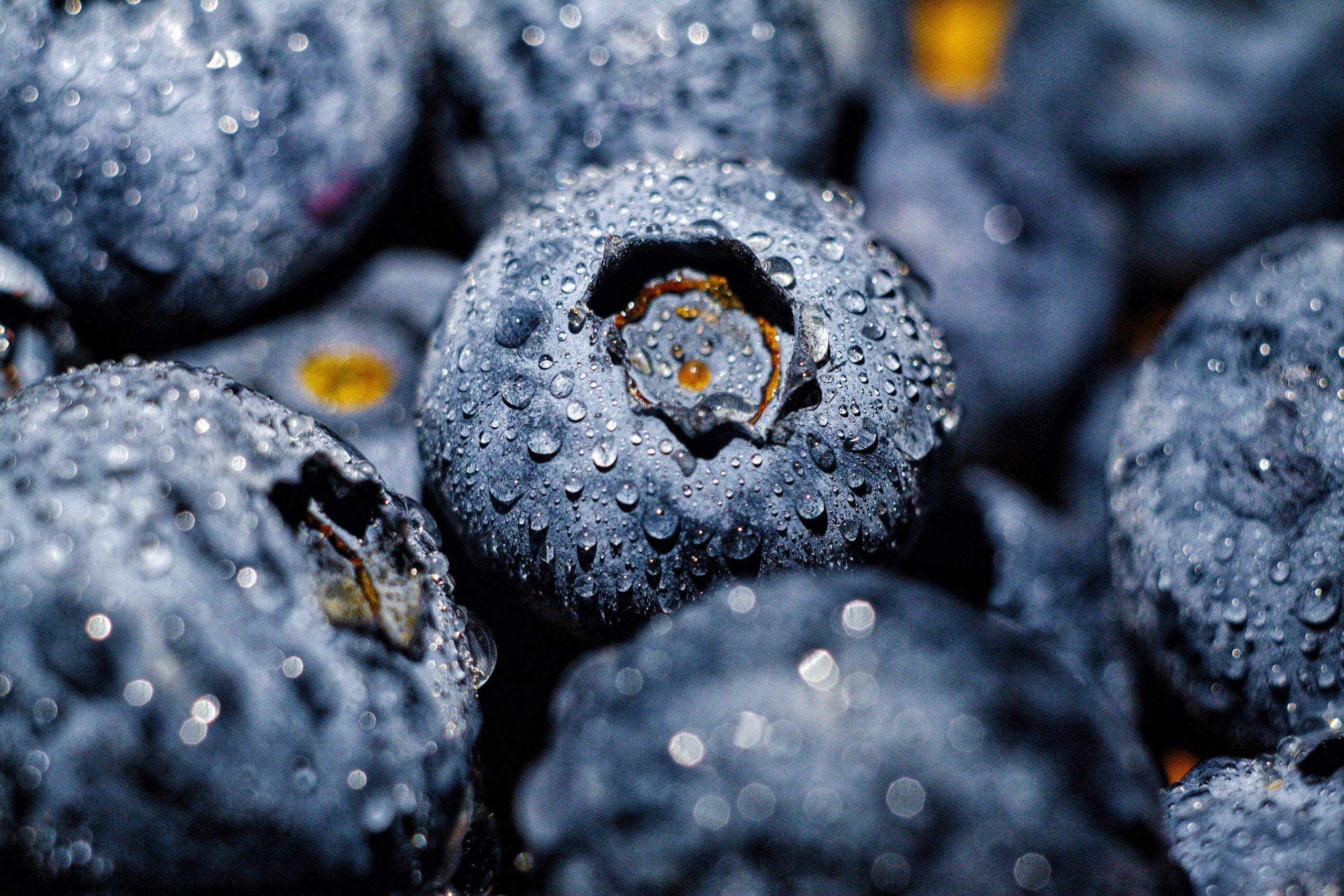The Relationship Between Berries and Blood Sugar Control Berries like blueberries, strawberries, and raspberries are loved for their small size and sweet taste. People with diabetes might be hesitant to eat them due to the ‘sweetness’ of fruit, but in reality, berries are very beneficial for diabetes management. Berries generally have a very low GI and are rich in dietary fiber and powerful antioxidants.
Why Berries Are Good for Blood Sugar
1. Low Glycemic Index (GI): Most berries have a low GI of less than 55, meaning they do not cause a rapid increase in blood sugar. This helps prevent blood sugar spikes and maintains a stable insulin response.
2. Rich in Dietary Fiber: Berries are packed with both soluble and insoluble fiber. Fiber slows down the digestive process and delays the absorption of sugar into the bloodstream, leading to a more gradual rise in blood sugar.
3. Powerful Antioxidants: Antioxidants in berries, such as anthocyanins and quercetin, can help reduce inflammation and improve insulin resistance. They also help decrease oxidative stress, which is a cause of diabetes complications. –
Berry Consumption Guide
Eating about one cup (approximately 150g) of fresh berries is a good portion. They are great when added to yogurt or salads, or as a healthy snack. However, be cautious with berry smoothies or processed foods with added berry flavors, as they can contain a high amount of sugar.
Example: Instead of a sugar-laden snack, you can add a few blueberries or strawberries to plain yogurt or mix raspberries into your morning cereal. This is a delicious and blood-sugar-friendly approach.


Leave a Reply